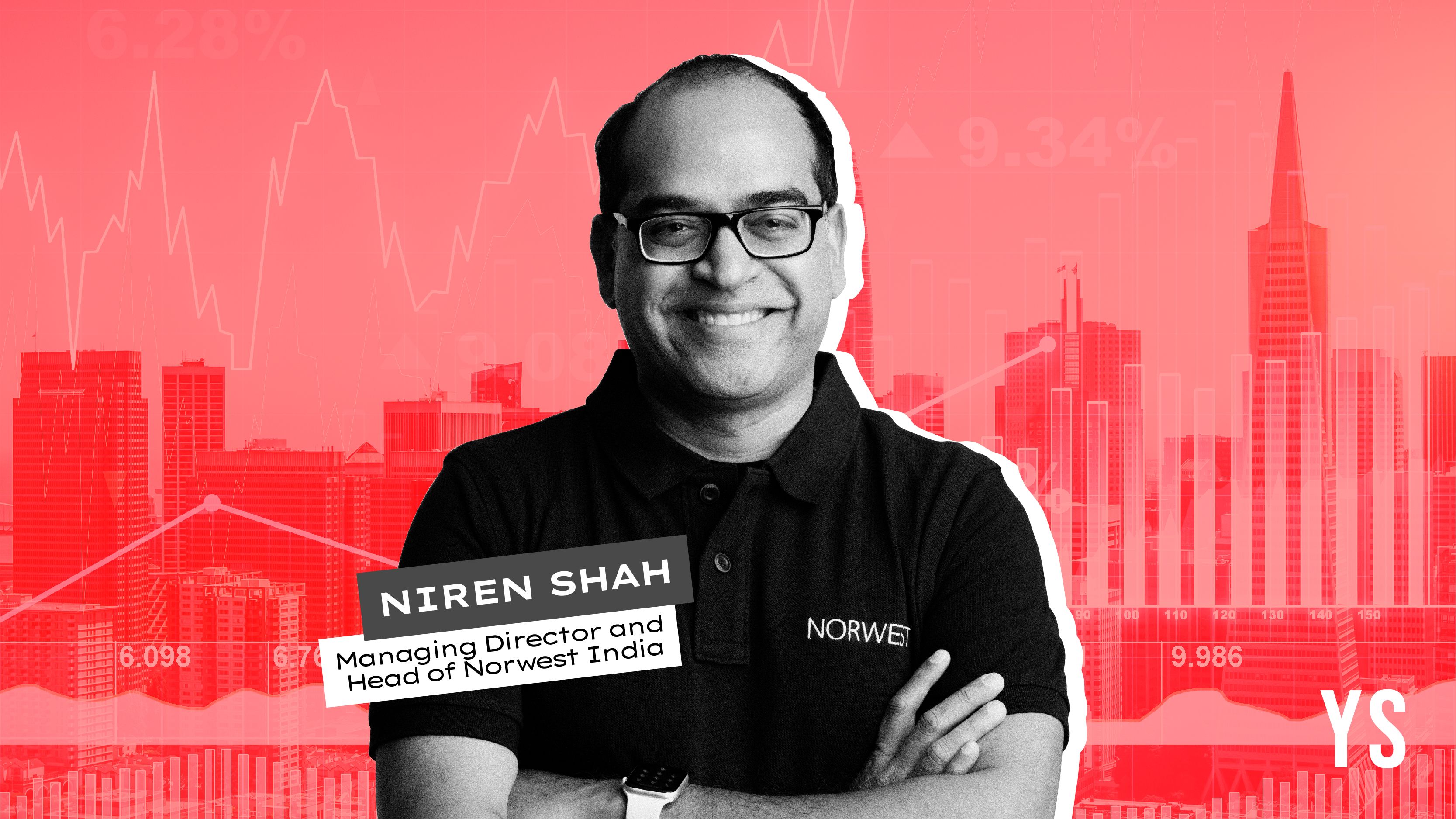Why luxury retail must effectively straddle both offline and online channels
Brands will soon come to depend on artificial intelligence to provide personalised assistance to shoppers. Those who adopt an omnichannel strategy will stand to gain a competitive advantage.
World over, lines between online and offline are blurring, along with the distinction between virtual and actual reality. We are surrounded by screens, be it on the street, at home, or at work. We switch between devices fluidly, knowing that information will be synced in real time. This expectation of a seamless experience now goes beyond communication to product discovery and purchase as well; retailers need to follow a conversation that begins on one platform and ends on another after touching upon a few more channels along the journey.
A customer might see an influencer wearing a designer dress on Snapchat, ask for the price on Instagram, check the product online, send it to a friend on WhatsApp, see a retargeting ad on Facebook, and finally, make a purchase in store when offered a time-bound coupon code via email. This is the new normal.

According to a recent BCG study, the value of digitally influenced spends in emerging markets will approach $4 trillion by 2022. After seeing corporate behemoths stumble because they woke up to the digital shift too late, most retailers have learned the importance of having a solid ecommerce strategy. And the other way around, pure online players are dabbling with brick-and-mortar through experiential stores. A Harvard Business Review study of 46,000 shoppers found that 73 percent used multiple channels during their shopping journey. “Omnichannel” has been a hyped buzzword for some time now, and while many retailers are still struggling to implement a robust cross-platform solution for customers, users expect seamless transitions.
Omnichannel essentials
Imagine having a friend whose personality changed every time you met at a new location; it would be confusing and disconcerting. One would not want a friend like that! Similarly, when a customer gets to know a brand, they expect the personality of that brand to extend across all channels through which they interact, be it a physical meeting, online, through social media, a phone call, marketing communication, a web chat, or email. Even the smallest lapse or difference can create a disconnect that puts customers off. Maintaining consistency across channels is key to building strong and lasting client relationships.
A customer sees a brand as one entity. They don’t think of the various factions within the organisation, the separation of online and offline teams, or the fact that the store may not have access to a customer’s purchase history on the website. The expectation today is that when I come to your store, you can look me up and know that I shop regularly on your website or vice versa. The option to buy online and pick up from or return to the store is fundamental, as is the option to try sizes in store and order online.
For luxury items, this extends to alterations as well; a customer who buys online should have the freedom to get the piece altered in-store. Given that every digital movement of a customer is tracked, leveraging knowledge about a user’s likes, dislikes and needs to provide better recommendations across touchpoints is key. Studies show that millennials are open to sharing personal information in exchange for more targeted and relevant communication.
Having an integrated catalogue and supply chain is equally important. A huge advantage of online is unlimited space. Retailers can use stores to create a touch-and-feel experience of the brand and showcase products they wish to highlight. A customer can explore further through interactive kiosks placed strategically throughout the store, with real or virtual assistants to help guide them. When something is out of stock, store personnel should be able to identify where that item is available, place an order, and have it delivered to the customer’s house. Needless to say, prices should be consistent online and offline, because users won’t waste a second in finding the lowest price.
Investing in a brighter future
In luxury retail, lead times to conversion can be longer given the price points. Undervaluing a given platform because it doesn’t instantly convert to sales is a common mistake. However, there is long-term value in engaging with customers consistently across channels and investing in informative content that begins a conversation. The aforementioned Harvard Business Review study found that omnichannel customers are more loyal, more likely to recommend a brand to others, and more valuable than single-channel customers; customers who used more than four channels spent nine percent more in store than customers who used only one channel. Moreover, customers who conducted prior research online ended up spending 13 percent more in store, suggesting ‘webrooming’, the antithesis of showrooming, has actually become prevalent amongst millennials.
Going forward, brand investments in omnichannel can focus on developing new and interesting ways to engage the customer. As augmented reality gains popularity, with customers using gaming apps to find “hidden objects” in real places to accumulate points, retailers too can employ these tactics. Why not offer virtual trials for clothing and beauty products online or at an intelligent mirror in store, or a VR gaming app to unlock special discounts and rewards? Brands will soon come to depend on artificial intelligence to provide personalised assistance to customers, answer questions, proffer style advice, and enhance the overall shopping experience. Undoubtedly, players with seamless experiences across channels will be able to derive competitive advantages over others.
(Disclaimer: The views and opinions expressed in this article are those of the author and do not necessarily reflect the views of YourStory.)











